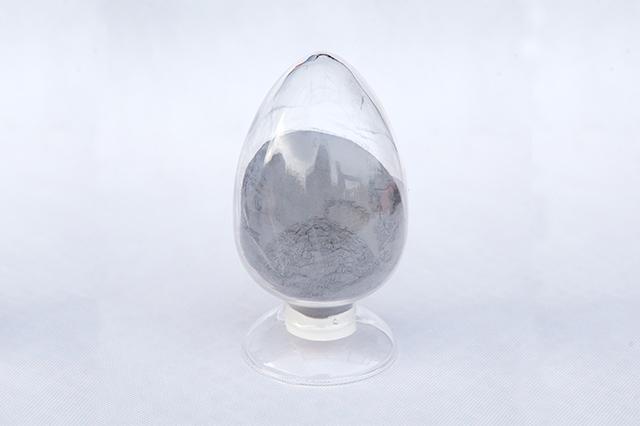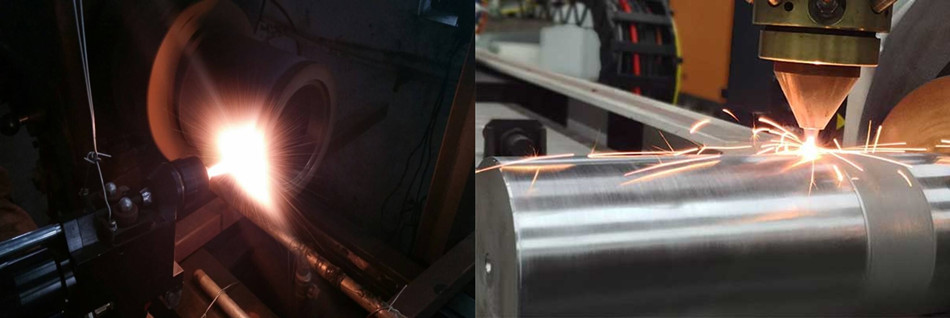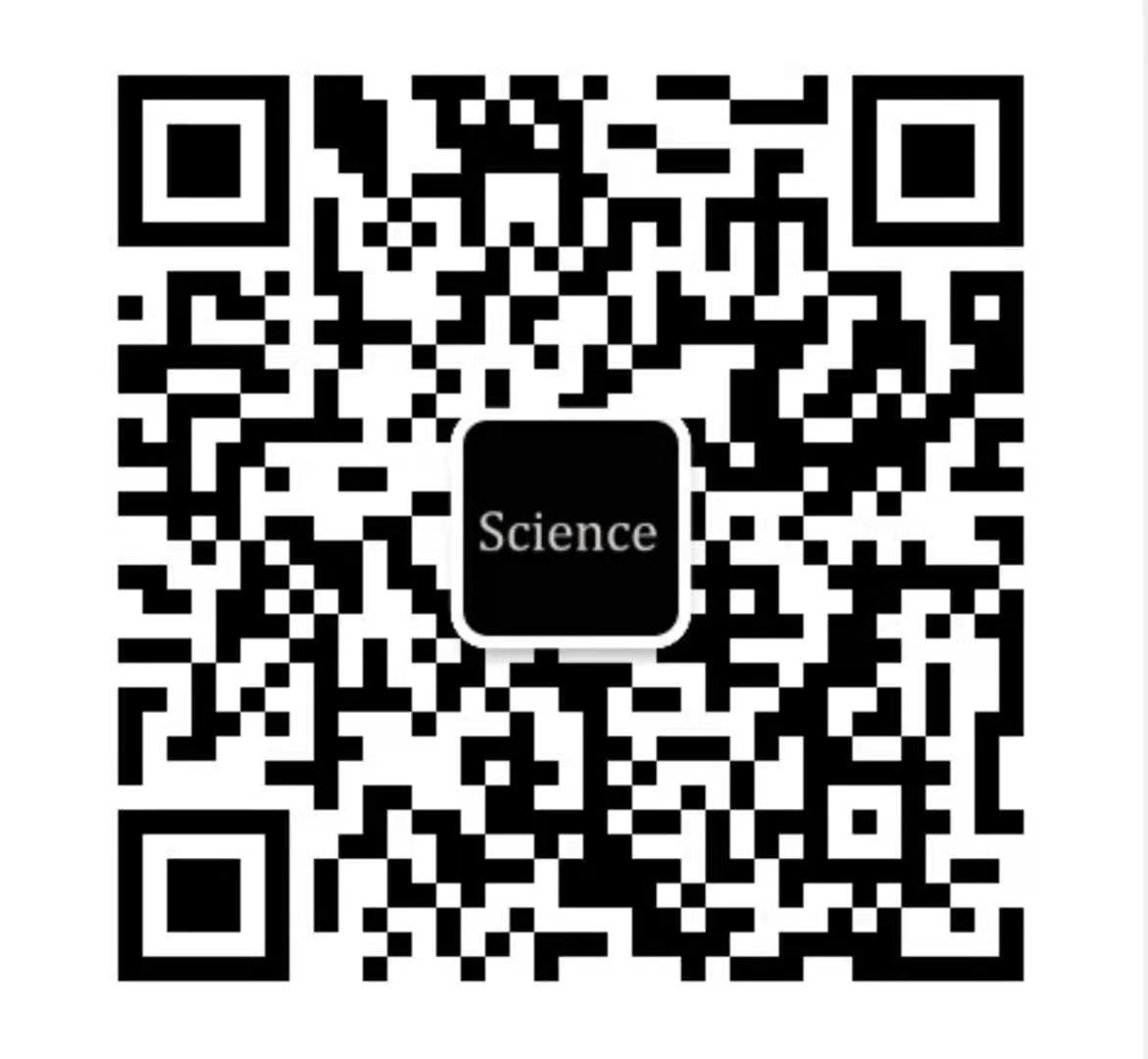FAQ:
What is the basic difference between laser cladding and welding?
Laser cladding is carried out by depositing a thin layer of a desired metal on a moving substrate. The material to be deposited can be transferred using: powder injection, pre-placed powder on substrate or by wire feeding. Powder injection can be used for variety of material deposition with layer thickness ranging from 0.05 to 2mm and width of 0.4 mm.
Welding is a operation which unifies metal(s) by means of heat or pressure or both in such a way that there is continuity in the nature of the metal(s) which has(have) been joined. A filler metal, the melting temperature of which is of the same order as that of the parent metal(s), may or may not be used and the result of welding is the weld. …. (definition according to DIN EN 14610)
What is the difference between overlay welding and hard facing?
Hardfacing is an overlay, but here in the USA the term “overlay”, when used in welding, means a complete surface covering such as applying an overlay to a worn or damaged shaft which would then be turned on a lathe back to original specifications. The same would apply to bearing or sliding surfaces that were worn or damaged where a complete overlay of the surface would be applied by welding, then the surfaces machined back to original specifications. The overlay is normally done with a machinable alloy that is close to, or very compatible with the original alloy. In contrast, the hard-facing alloy is not typically machinable and is usually much harder than the base alloy it is applied to.
Hardfacing is typically not normally done as a complete overlay, but rather placed only at wear points, or applied to surfaces with a random arrangement and bead heights to reduce wear.
Carbon and low-alloy steels with carbon contents of less than 1 percent can be hardfaced. High-carbon alloys may require a special buffer layer.Hardfacing is the deposition of thick coatings of hard, wear-resistant materials on a worn or new component surface that is subject to wear in service. Thermal spraying, spray-fuse, and welding processes are generally used to apply the hard facing layer.
What is the process of laser cladding?
The laser cladding process includes factory inspection, process development, repair preparation, cladding cold welding, mechanical processing, and various inspections:
1) Inspection in the factory: Appearance, size inspection, runout inspection, non-destructive inspection, hardness, and material inspection are carried out on the parts to be repaired in the factory to be repaired;
2) Process development: select the corresponding powder materials and electrode materials according to the test results, and determine the laser and cold welding process parameters;
3) Repair preparation: Use grinding and mechanical processing methods to remove the fatigue layer of the parts to be repaired, and choose a cleaning agent to clean the surface of the workpiece;
4) Cladding cold welding: laser cladding and cold welding the repaired parts with pre-established process plan and cladding and cold welding process parameters, and reserve 1.0mm or 0.2mm finishing allowance;
5) Machining and various inspections: finishing laser and cold welding repair parts to restore the size of the workpiece, and then perform flaw detection, hardness inspection, and dynamic balance inspection.
What are the technical characteristics of different powder laser cladding?
Process characteristics of different powder laser cladding:
1) Iron-based alloy powder is suitable for parts that require partial wear resistance and are easily deformed.
2) Nickel-based alloy powder is suitable for components that require partial wear resistance, heat corrosion resistance, and thermal fatigue resistance.
3) Co-based alloy powder is suitable for parts requiring wear resistance, corrosion resistance, and thermal fatigue resistance.
4) Ceramic coating has high strength at high temperature, good thermal stability, high chemical stability, and is suitable for parts that require wear resistance, corrosion resistance, high-temperature resistance, and oxidation resistance.

The difference between laser cladding and thermal spraying:
Definition of laser cladding: using high-energy laser as the heat source and metal alloy powder as the welding material. The laser and alloy powder are simultaneously acted on the metal surface to quickly melt to form a molten pool, and then rapidly solidify to form a dense, uniform and thickness-controllable metallurgical bonding layer , So as to achieve the effect of repairing the surface size of the workpiece and strengthening and prolonging the life.
Thermal spraying definition: heating and melting the coating material, atomizing it into extremely fine particles with a high-speed airflow, and spraying it onto the surface of the workpiece at a high speed to form a coating.
Process difference: The bonding force between the thermal spray coating and the base metal is mainly mechanical interlocking, and the impact resistance of the coating is not high; while the laser cladding coating and the substrate are metallurgical bonding, under heavy load and impact conditions Does not flake.














